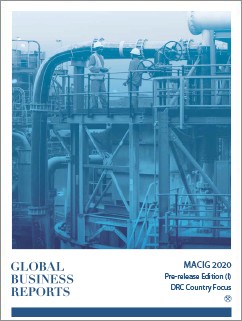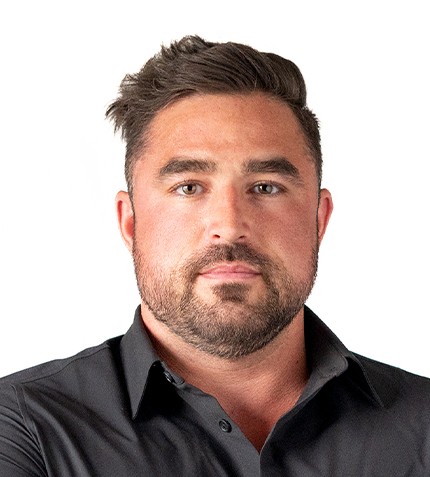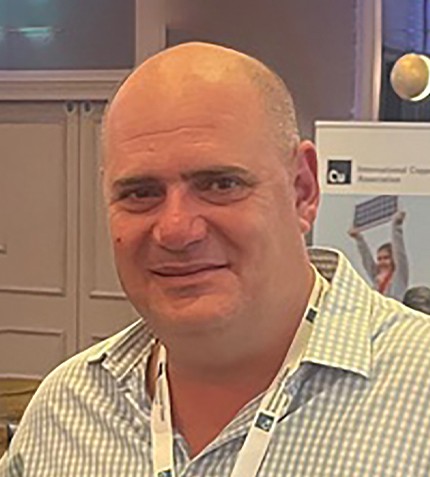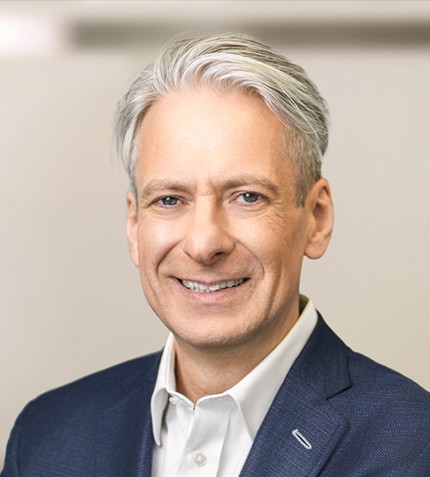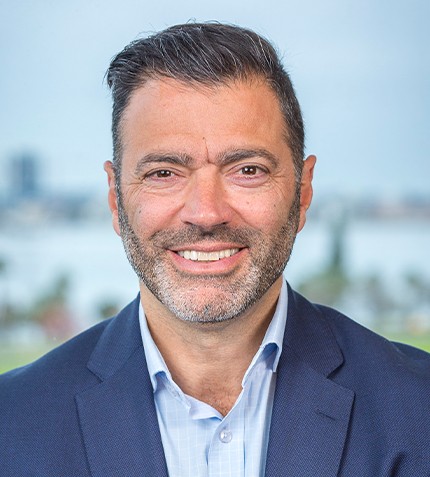
"Fundamentally for our business, Mozambique has excellent graphite. We are fortunate to be 100 km from the port in Pemba from which we export. The concession we acquired also has good infrastructure such as power supply from the Cahora Bassa hydroelectric dam and good road access from mine site to the port. The main challenges in Mozambique are logistics and a lack of local supply chain."
RELATED PUBLICATION
ARTICLES FROM THIS PUBLICATION
Geert Klok
GENERAL MANAGER, GK ANCUABE GRAPHITE MINE, S.A.
Since we last spoke in 2016, the recovery and expansion of the Ancuabe graphite mine has taken place. Can you take us through this process?
Since 2016, GK Ancuabe graphite mine has raised financing and gone through the entire investment phase of bringing in machinery, equipment and rehabilitating the run down plant. We have also expanded the capacity from 6,000 tonnes per year (mt/y) to 9,000 mt/y. The company managed the entire rehabilitation process itself. We started production in June 2017 and are now exporting our entire production to our parent company in Germany – AMG Graphit Kropfmuehl. At the Ancuabe graphite mine, we have reserves for over 20 years of production at current capacity.
What is the scale of the operation at the Ancuabe mine?
GK Ancuabe has 100 people working on the operation, of which 97 are Mozambicans. Approximately 75% of the Mozambicans are from the district. The current 9,000 mt/y capacity of the production plant could be increased in the future, but this would require additional investment. The offtake agreement with our parent company is to export 100% of the materials processed at the Ancuabe mine, and we will continue with this agreement for the foreseeable future. There is currently no local market for graphite in Mozambique, and even the South African market is small, and thus if we ever consider selling our product to third parties, we will probably have to look at the Chinese market.
It is estimated that Mozambique has between 20% and 40% of the world’s graphite reserves, but at the moment, China supplies approximately 70% of the graphite in the world. How important is it to diversify the sourcing of the mineral?
As graphite is considered a critical material in both Europe and the US, there is definitely a push towards diversifying the sourcing of the product. This move towards diversification is also a factor that has driven the investment by our parent company to have some control over the supply of graphite. Mozambican graphite stands out, at least compared to China, as the particle size of the flakes tends to be bigger in Mozambique, which is good for certain applications.
A significant amount of interest in graphite has come from the electric vehicle (EV) market. Moving forward, how do you see this demand developing?
The EV market is not necessarily GK Ancuabe’s target market, as we solely supply our parent company. Graphit Kropfmuehl has been in the graphite business for more than 100 years and they have a very broad and diversified customer base. There are many applications for graphite, such as insulation material, brake lining for cars, lubricants, steel production, mobile phone batteries and now the EV market. A lot of the marketing from junior mining companies has been focused on the EV market as this market is foreseen to grow dramatically in the next few years. In reality, how fast the EV market and battery market will develop and how much graphite is going to be consumed by these industries is still relatively unknown. Both the demand and supply for graphite are growing at a rapid rate, which I believe will continue in the years to come.
How has the financial turbulence in Mozambique over the last three years affected GK Ancuabe?
GK Ancuabe has not been particularly affected by the financial turbulence as we are an export company and have a direct supply chain to our parent company in Germany. There was a time in Mozambique, during the peak of the economic crisis around 2016, when the banks did not have sufficient foreign currency. This heavily affected the companies that import. The financial turbulence also had an impact on wages in dollar terms, but this issue has waned and, in 2018, the minimum wage for the mining sector in Mozambique went up by 12%.
What are the biggest advantages and disadvantages for mining operators in Mozambique?
Fundamentally for our business, Mozambique has excellent graphite. We are fortunate to be 100 km from the port in Pemba from which we export. The concession we acquired also has good infrastructure such as power supply from the Cahora Bassa hydroelectric dam and good road access from mine site to the port. The main challenges in Mozambique are logistics and a lack of local supply chain. The recent industrial investments entering the country should help in this regard. Taxes in Mozambique are also still on the high side and there are some issues with reimbursement of VAT, especially to exporters as they do not have the ability to offset VAT.
To conclude, what are GK Ancuabe’s principal objectives moving forward?
We will continue to work on optimizing the processing plant. This involves experimenting to establish where the best possible outcomes in areas such as floatation, milling, recovery and electricity consumption can be achieved, as well as improving operational capabilities. GK Ancuabe provides both internal and external training for its employees, and safety is one of the company’s biggest focus areas.
Mozambique is not necessarily an easy environment to operate in, with regard to both logistics and manpower. However, GK Ancuabe has proved that it can be done – if you are patient, persistent and work through the challenges, you can achieve success.




